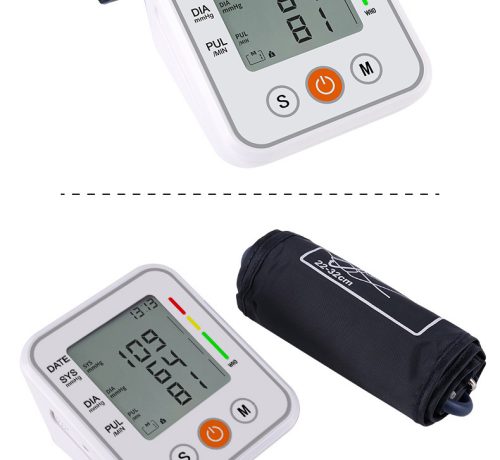Digital thermometers are modern temperature-measuring devices that have largely replaced traditional mercury or alcohol thermometers due to their accuracy, ease of use, and safety. Here’s a closer look at digital thermometers:
- Functionality: Digital thermometers use electronic heat sensors to measure temperature. They typically have a probe that is placed in the area or substance whose temperature needs to be measured. The sensor detects changes in temperature and converts this information into a digital display.
- Types: There are various types of digital thermometers, including:
- Oral, Rectal, and Axillary Thermometers: Used for measuring body temperature, these thermometers are often designed for specific use (e.g., oral or rectal) and come with disposable probe covers for hygiene.
- Ear (Tympanic) Thermometers: These are inserted into the ear canal to measure body temperature. They are quick and non-invasive.
- Forehead (Temporal Artery) Thermometers: These thermometers use infrared technology to measure temperature from the temporal artery on the forehead. They are often used for quick and non-contact measurements, especially for children.
- Surface and Environmental Thermometers: These are used to measure temperatures of surfaces or the environment and are commonly used in industries like HVAC, food service, and manufacturing.
- Accuracy: Digital thermometers generally provide accurate readings, especially when used correctly and appropriately calibrated. They offer quick readings, making them convenient for various applications.
- Safety: Unlike traditional mercury thermometers, digital thermometers do not contain mercury, making them safer to use, especially in healthcare settings. They are also more durable and less prone to breakage.
- Display: Digital thermometers usually have an easy-to-read digital display that shows the temperature in Fahrenheit or Celsius. Some models may also feature additional functions like memory recall of previous readings or fever indicators.
- Power Source: Most digital thermometers use batteries for power. Some may have rechargeable batteries or built-in rechargeable systems.
- Calibration and Maintenance: Periodic calibration may be required for some digital thermometers to ensure accuracy. Maintenance typically involves cleaning the probe and following manufacturer recommendations for care.
- Applications: Digital thermometers have a wide range of applications across industries, including healthcare, food service, HVAC systems, automotive, manufacturing, and more. Their versatility and accuracy make them invaluable tools for temperature monitoring in various settings.
Digital thermometers offer convenience, accuracy, and safety, making them indispensable in everyday temperature measurement for both personal and professional use.


